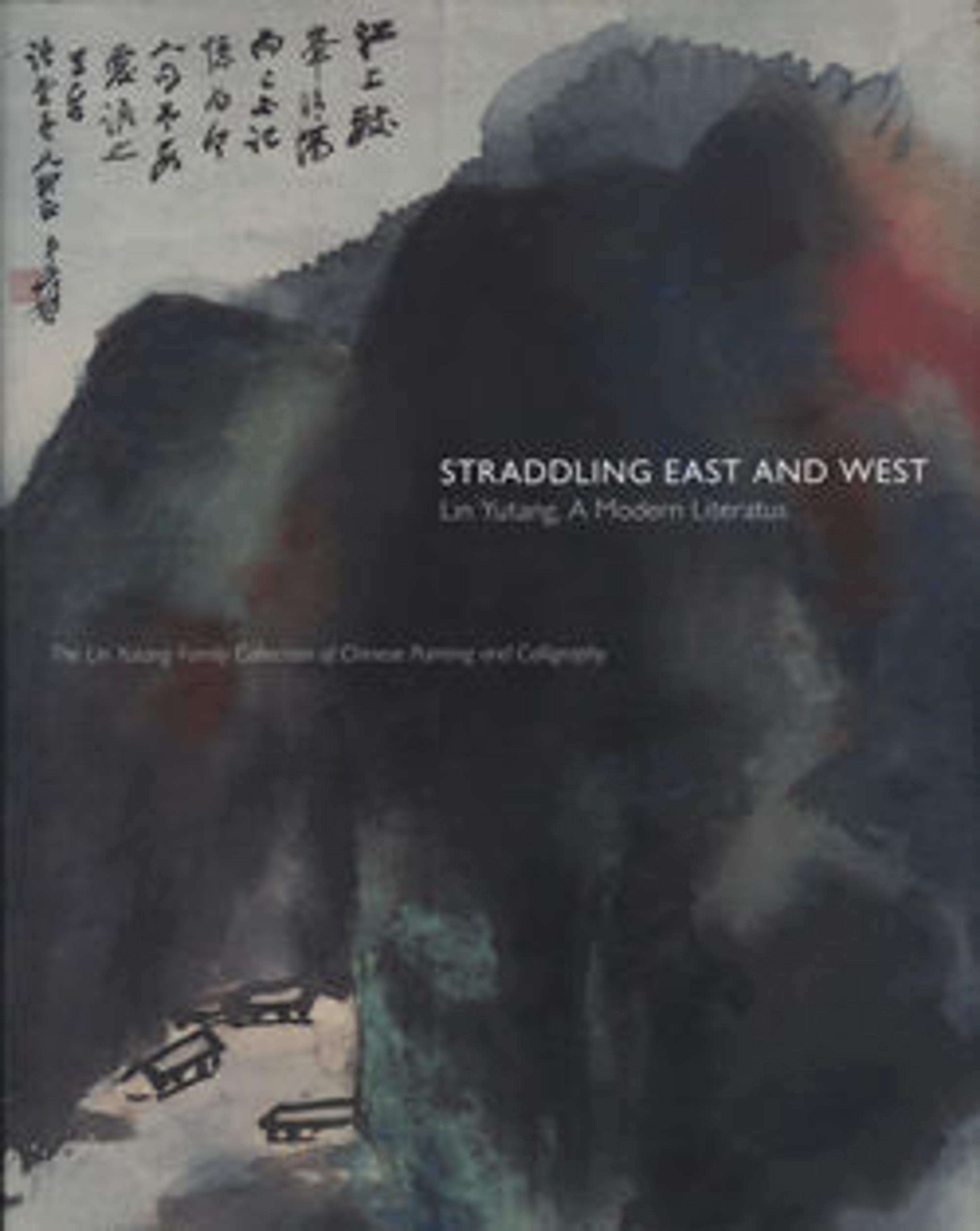Flowering Calamus and Frogs
Qi Baishi often painted fish, crabs, and shrimp in the early years of his Beijing period (ca. 1920–57), but he seldom painted frogs. As a professional artist, he had to cater to the popular demand for sets of four hanging scrolls, so frogs became his fourth aquatic animal. The frogs in this painting face one another as if engaged in conversation in front of the calamus plant, which is indigenous to their watery habitat. Qi inscribed it with a couplet:
By the Starry Pond [Xingdou Tang] were three houses,
Where sons and grandsons knew the calamus flowers.
(trans. by Shi-yee Liu)
After moving to Beijing, Qi often drew inspiration from memories of his hometown in Hunan. The "Starry Pond" mentioned above refers to his birthplace. The Ming Loyalist Bada Shanren (Zhu Da,1626–1705) had a major influence on Qi Baishi's art. In this painting, the simple, expressive brushwork, strong compositional design, and the frogs' animated expressions are clearly indebted to Bada's psychologically evocative imagery. But Qi infused these traits with his typical warmth and humor. There is also a practical reason for his transformation of Bada's edgy style: his early Bada-inspired paintings were not well received in Beijing, so he tempered the austerity of Bada's influence with an exuberance and cheerfulness derived from the popular manner of Wu Changshuo (1844–1927).
By the Starry Pond [Xingdou Tang] were three houses,
Where sons and grandsons knew the calamus flowers.
(trans. by Shi-yee Liu)
After moving to Beijing, Qi often drew inspiration from memories of his hometown in Hunan. The "Starry Pond" mentioned above refers to his birthplace. The Ming Loyalist Bada Shanren (Zhu Da,1626–1705) had a major influence on Qi Baishi's art. In this painting, the simple, expressive brushwork, strong compositional design, and the frogs' animated expressions are clearly indebted to Bada's psychologically evocative imagery. But Qi infused these traits with his typical warmth and humor. There is also a practical reason for his transformation of Bada's edgy style: his early Bada-inspired paintings were not well received in Beijing, so he tempered the austerity of Bada's influence with an exuberance and cheerfulness derived from the popular manner of Wu Changshuo (1844–1927).
Artwork Details
- 現代 齊白石 菖蒲群蛙圖 軸
- Title: Flowering Calamus and Frogs
- Artist: Qi Baishi (Chinese, 1864–1957)
- Date: 1950
- Culture: China
- Medium: Hanging scroll; ink on paper
- Dimensions: Image: 40 1/4 x 13 5/8 in. (102.2 x 34.6 cm)
Overall with mounting: 99 1/8 x 20 7/8 in. (251.8 x 53 cm)
Overall with knobs: 99 1/8 x 24 5/8 in. (251.8 x 62.5 cm) - Classification: Paintings
- Credit Line: The Lin Yutang Family Collection, Gift of Richard M. Lai, Jill Lai Miller, and Larry C. Lai, in memory of Taiyi Lin Lai, 2005
- Object Number: 2005.509.3
- Curatorial Department: Asian Art
More Artwork
Research Resources
The Met provides unparalleled resources for research and welcomes an international community of students and scholars. The Met's Open Access API is where creators and researchers can connect to the The Met collection. Open Access data and public domain images are available for unrestricted commercial and noncommercial use without permission or fee.
To request images under copyright and other restrictions, please use this Image Request form.
Feedback
We continue to research and examine historical and cultural context for objects in The Met collection. If you have comments or questions about this object record, please complete and submit this form. The Museum looks forward to receiving your comments.
